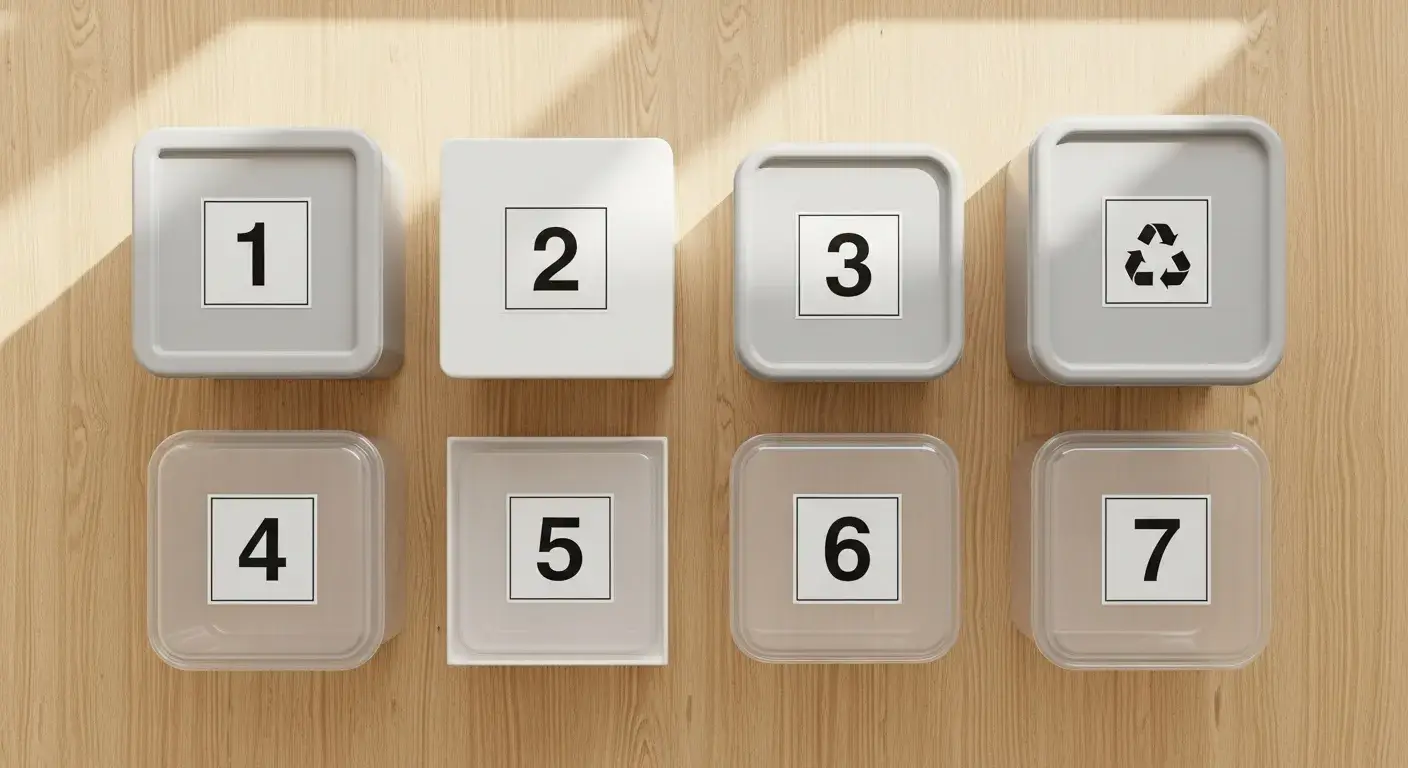
Plastic codes look simple but can be confusing. Misunderstanding them leads to recycling errors and more waste.
Let’s break them down to help reduce plastic pollution.
Plastic recycling symbols1 include numbers 1 to 7 inside a triangle of arrows. These indicate resin types, not guaranteed recyclability.
Understanding the symbols helps you recycle properly and avoid sending reusable plastics to the landfill.
What Are Plastic Recycling Symbols and Why Are They Important?
Plastic codes can be confusing. Many people think the arrows mean an item is recyclable. That’s not always true.
Plastic recycling symbols2 show what type of plastic resin an item is made of. They guide recycling and inform safe disposal.
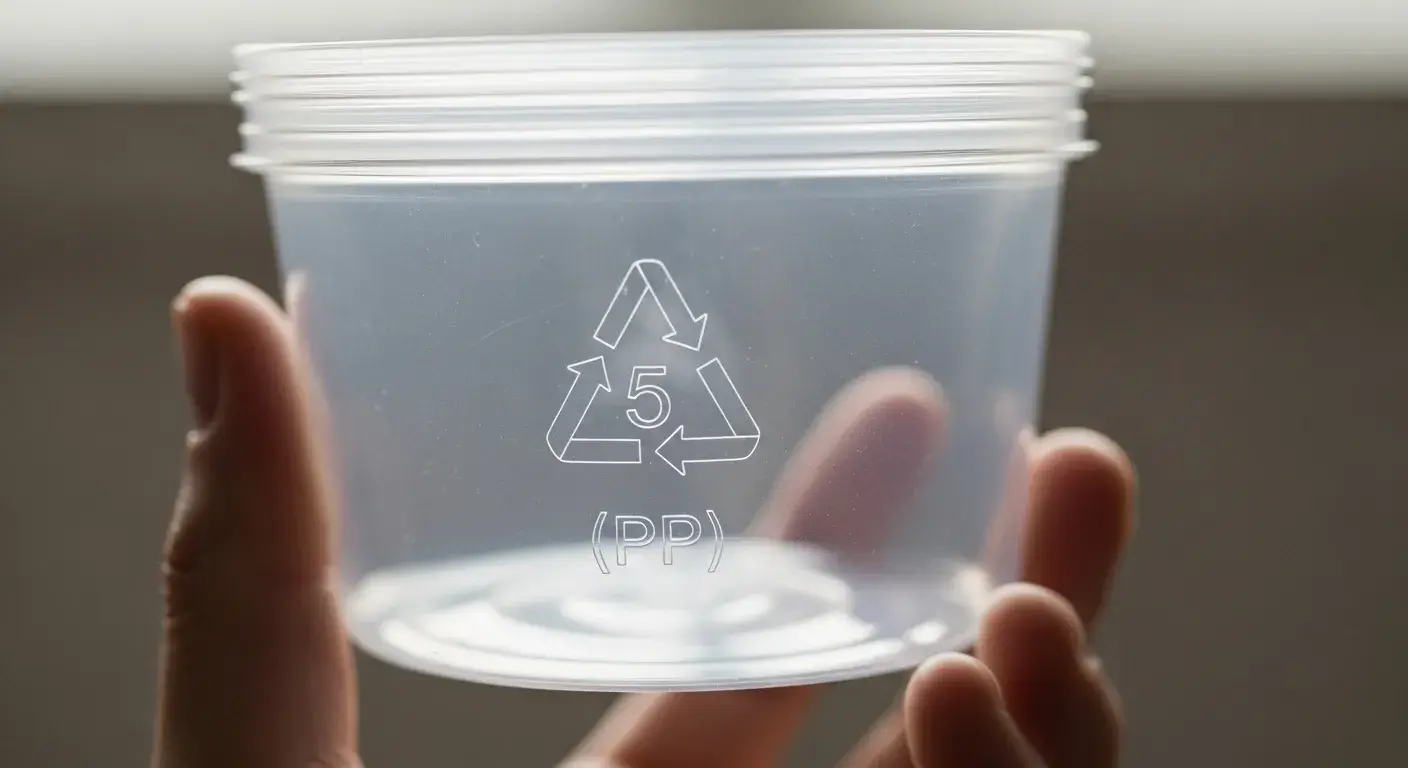
The History and Purpose of Resin Codes
- Created in 1988 by the Plastics Industry Association
- Help sort plastics during recycling
- Required by law in many regions
The Seven Plastic Resin Codes
| Code | Resin Type | Common Uses |
|---|---|---|
| 1 | PET | Bottles, food containers |
| 2 | HDPE | Jugs, cleaning product bottles |
| 3 | PVC | Pipes, window frames |
| 4 | LDPE | Plastic bags, film wrap |
| 5 | PP | Yogurt cups, caps |
| 6 | PS | Styrofoam, takeaway containers |
| 7 | Other | Multi-layer, bioplastics |
The Universal Recycling Symbol: What Does It Represent?
Confusion often arises from the triangle symbol.
The three arrows in the recycling symbol3 represent the recycling loop: collection, processing, and reuse.
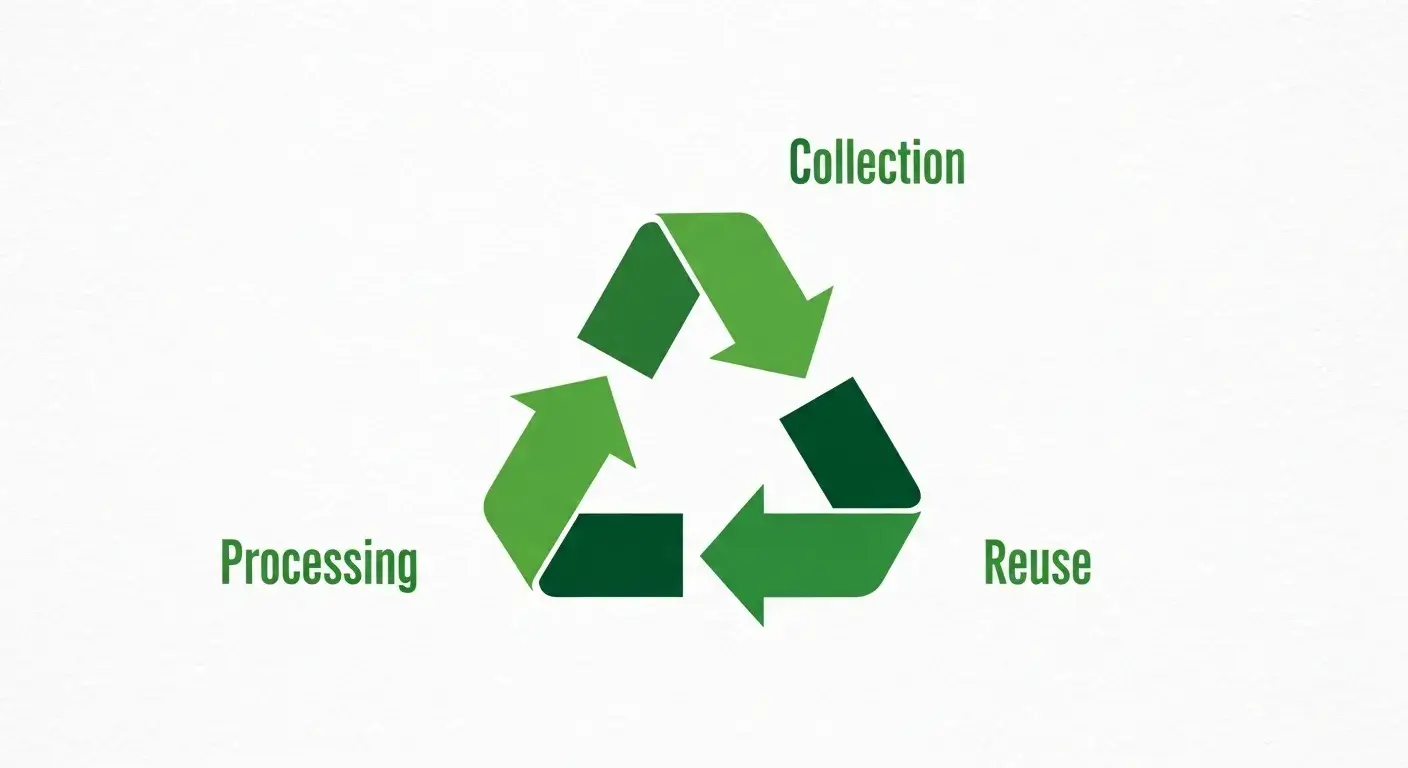
Key Points to Understand
- Not all items with arrows are recyclable
- The symbol does not mean an item will be recycled
- Local facilities determine actual recyclability
Understanding the Resin Identification Codes (Numbers 1 to 7)?
Even though all plastics may look similar, the numbers tell a different story.
Each number inside the recycling triangle4 identifies a unique plastic resin type.
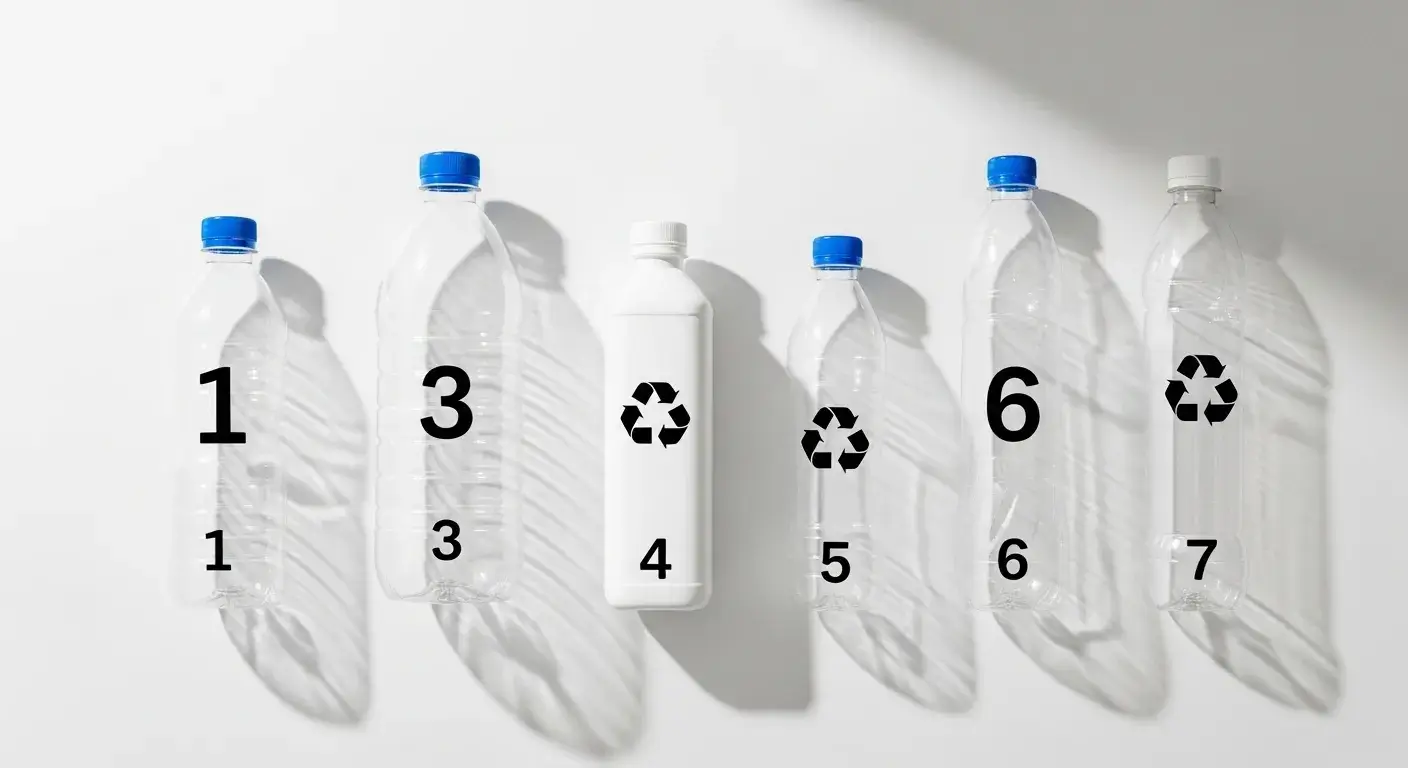
Resin Code and Its Meaning
- PET (1) – Found in soft drink bottles. Easy to recycle.
- HDPE (2) – Durable. Common in milk jugs.
- PVC (3) – Rarely accepted due to toxins.
- LDPE (4) – Flexible plastic. Hard to recycle curbside.
- PP (5) – Growing in popularity. Used in food tubs.
- PS (6) – Foam packaging. Difficult to recycle.
- Other (7) – Mixed or biodegradable plastics.
What Each Plastic Number Means and Common Uses?
Not all plastics are treated equally. Understanding each code helps you make better recycling choices.
Plastic codes5 tell you what the item is made from and how it’s typically used.
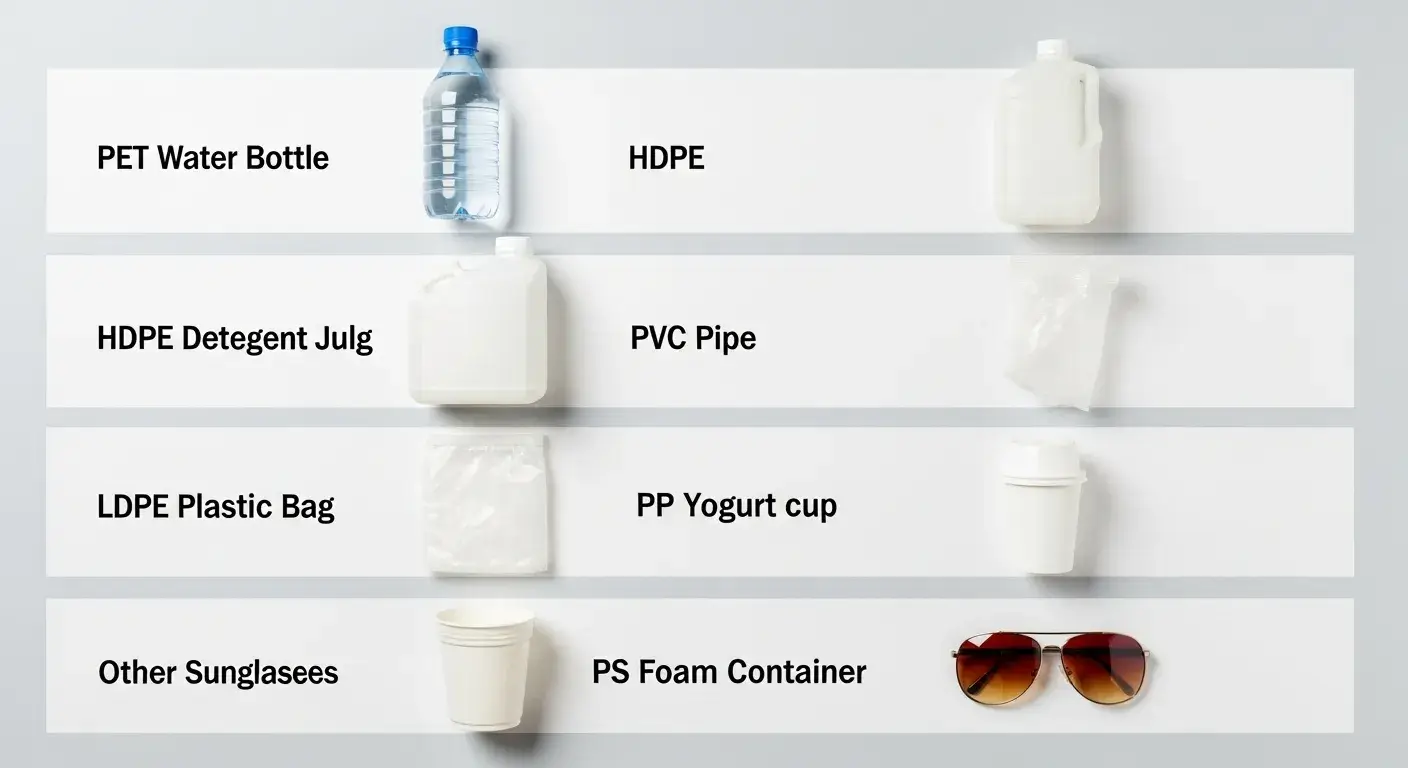
Examples by Code
- PET (1): Beverage bottles, food packaging
- HDPE (2): Detergent containers, juice bottles
- PVC (3): Plumbing, vinyl
- LDPE (4): Grocery bags, dry cleaning film
- PP (5): Medicine bottles, straws
- PS (6): Egg cartons, plastic cutlery
- Other (7): Mixed resin, sunglasses
How Recycling Symbols Affect What You Can Recycle at Home?
You can’t always recycle plastics just because they have a symbol.
Recyclability depends on local programs and plastic type6.
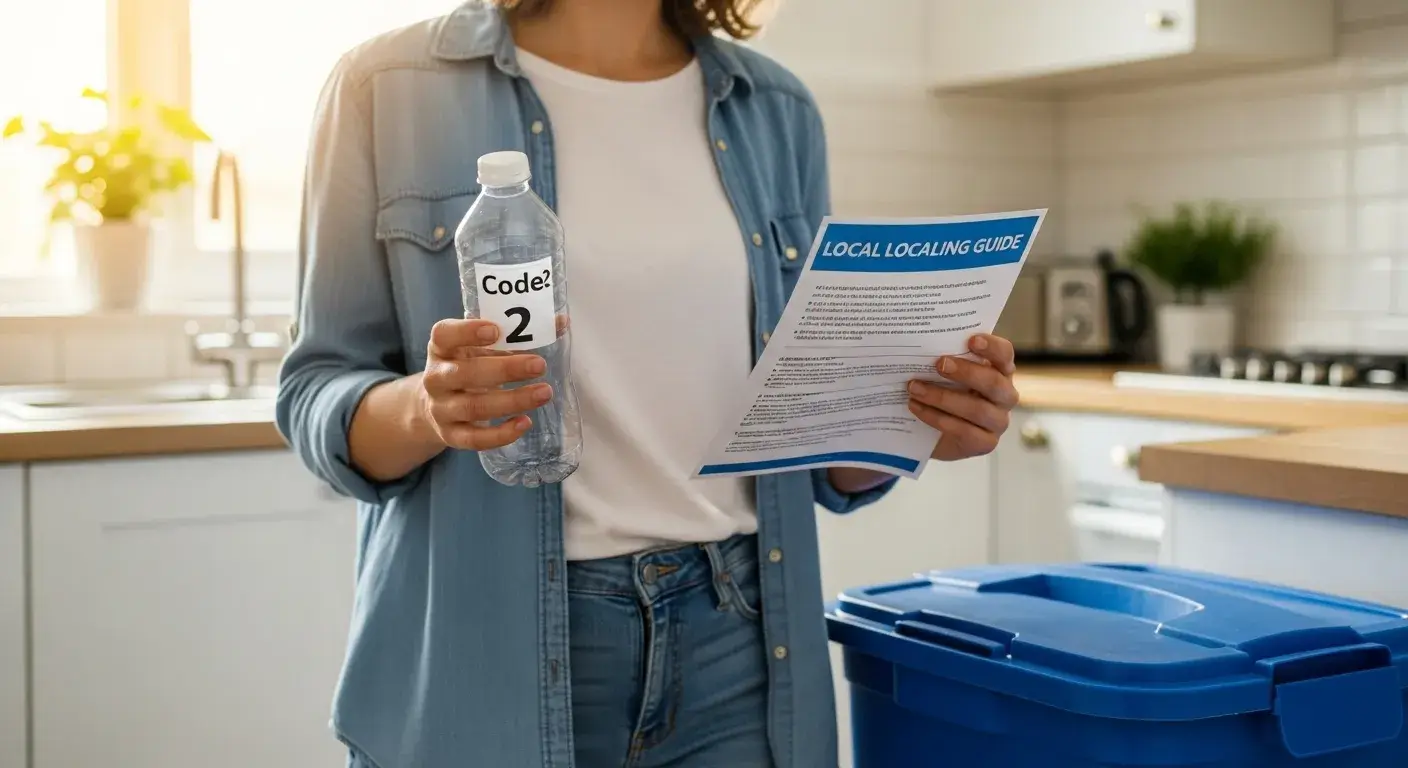
Know Before You Toss
- PET and HDPE are usually accepted
- LDPE may need drop-off recycling
- PS and PVC are often rejected
- Check your municipality’s rules
Other Important Recycling Symbols You Should Know?
It’s not just the triangle. Other logos guide how to handle items.
Look for additional symbols like Mobius Loop or compostable markings7.
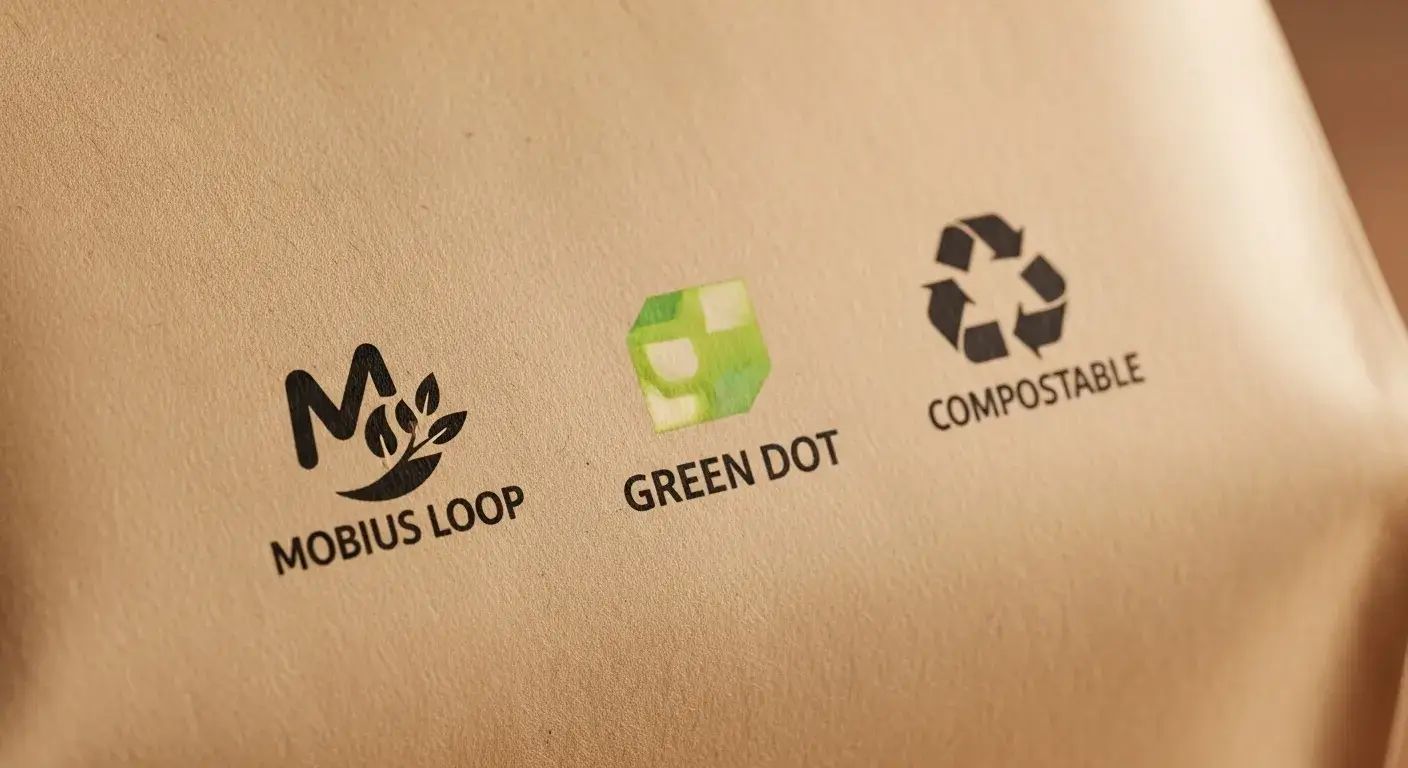
Symbols and Their Meanings
- Mobius Loop – Can be recycled (if facilities exist)
- Green Dot – Manufacturer pays for recycling, not always recyclable
- Compostable – Needs special compost conditions
Tips for Properly Sorting Plastics Based on Their Codes?
Sorting properly helps avoid contamination and supports recycling efforts.
Use plastic codes and cleaning practices8 to separate recyclables and dispose correctly.
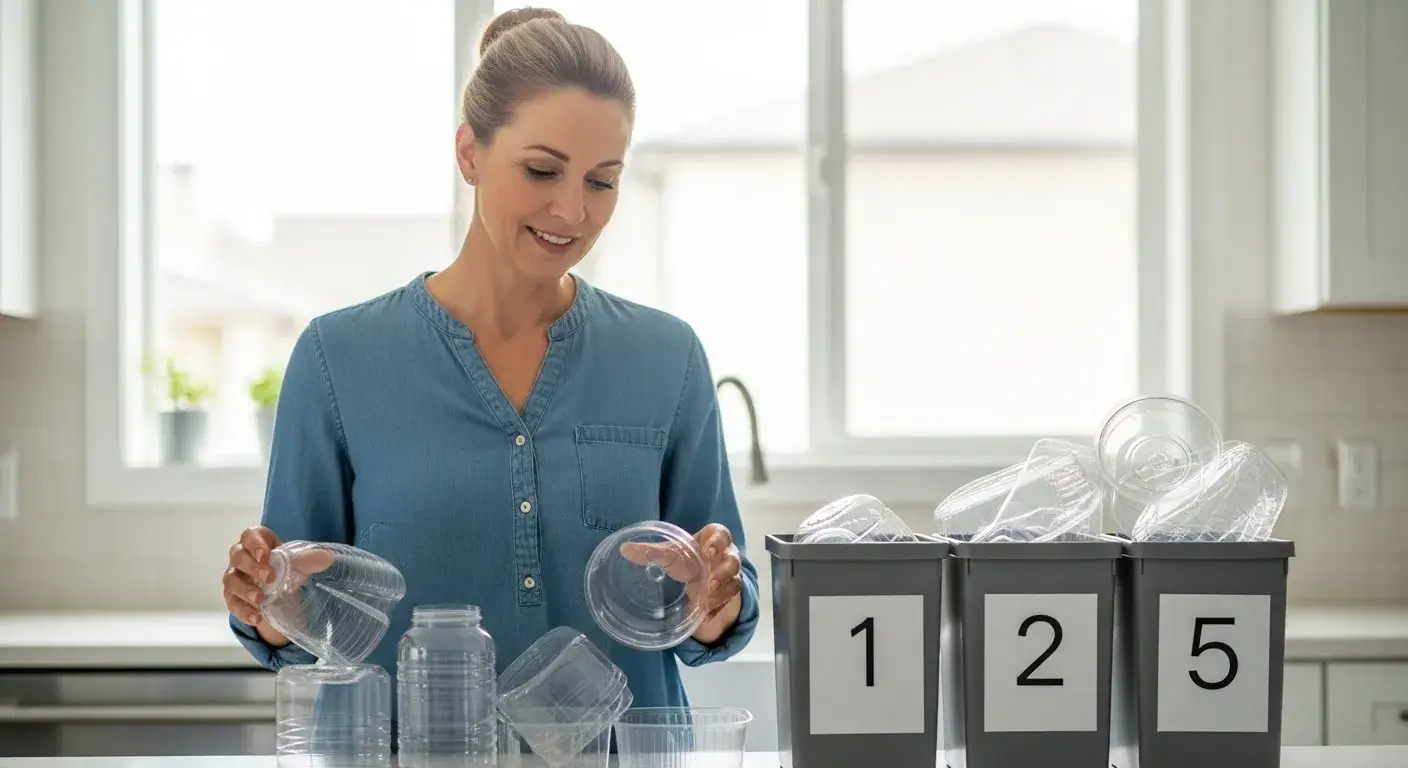
Sorting Guide
- Rinse food residue
- Remove labels or caps if required
- Group by type (e.g., PET vs HDPE)
- Avoid wish-cycling (don’t recycle what’s not accepted)
How to Use Recycling Symbols to Reduce Plastic Waste?
Knowing what the numbers mean can guide better shopping and disposal habits.
Buy products with recyclable codes9 and avoid hard-to-recycle plastics.
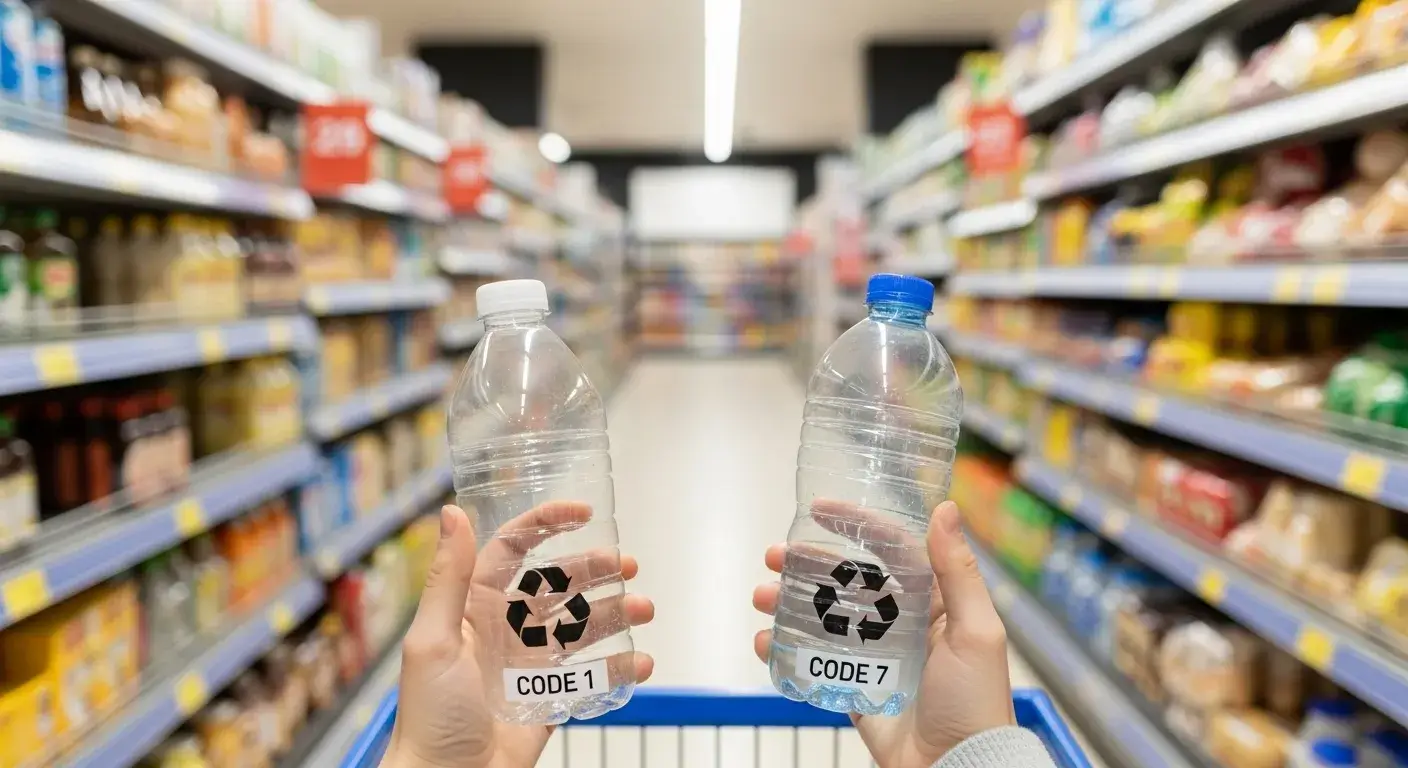
Simple Actions
- Choose items with codes 1 or 2
- Avoid hard-to-recycle codes like 3, 6, and 7
- Support brands using eco-friendly packaging
- Reduce single-use plastic consumption
Conclusion
Plastic codes are more than just numbers. They tell you how to recycle and what to avoid. Understanding them leads to less waste and smarter choices.
Footnotes:
-
Understand the meaning of plastic recycling symbols ↩
-
Learn what plastic resin codes indicate and why they matter ↩
-
Discover the real meaning of the triangle recycling symbol ↩
-
Identify plastic types based on the recycling number ↩
-
Know how plastic numbers relate to common product uses ↩
-
Recycling depends on your local facility’s acceptance policy ↩
-
Recognize additional recycling symbols and what they mean ↩
-
Sort plastic correctly to prevent contamination in recycling streams ↩
-
Make better purchases by understanding recyclable plastics ↩

